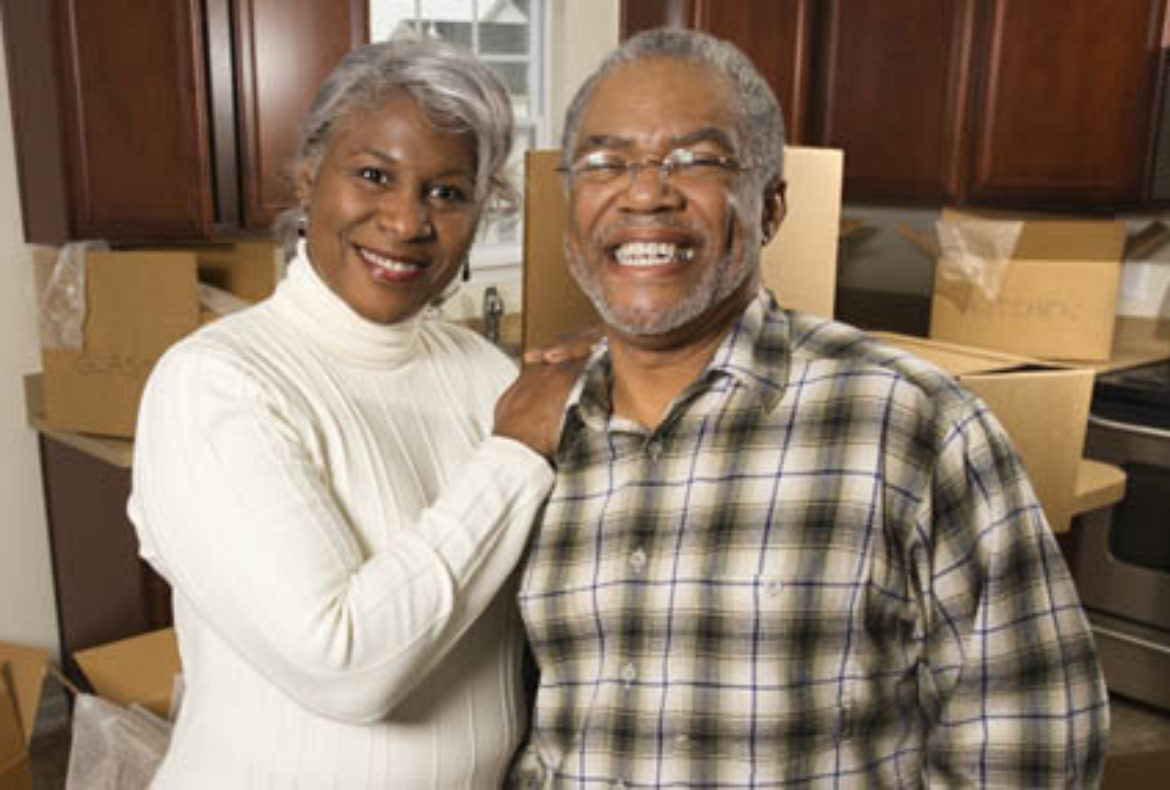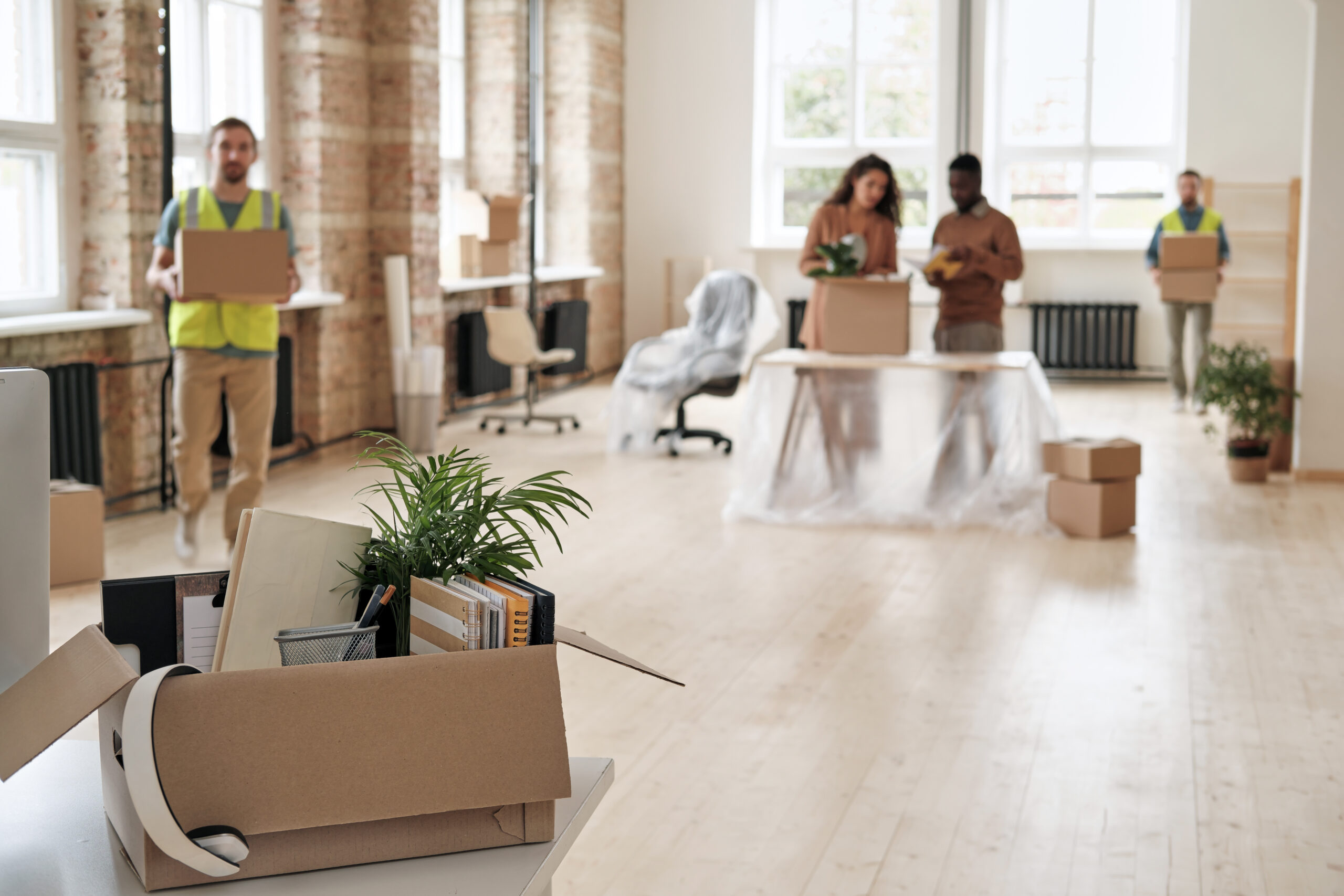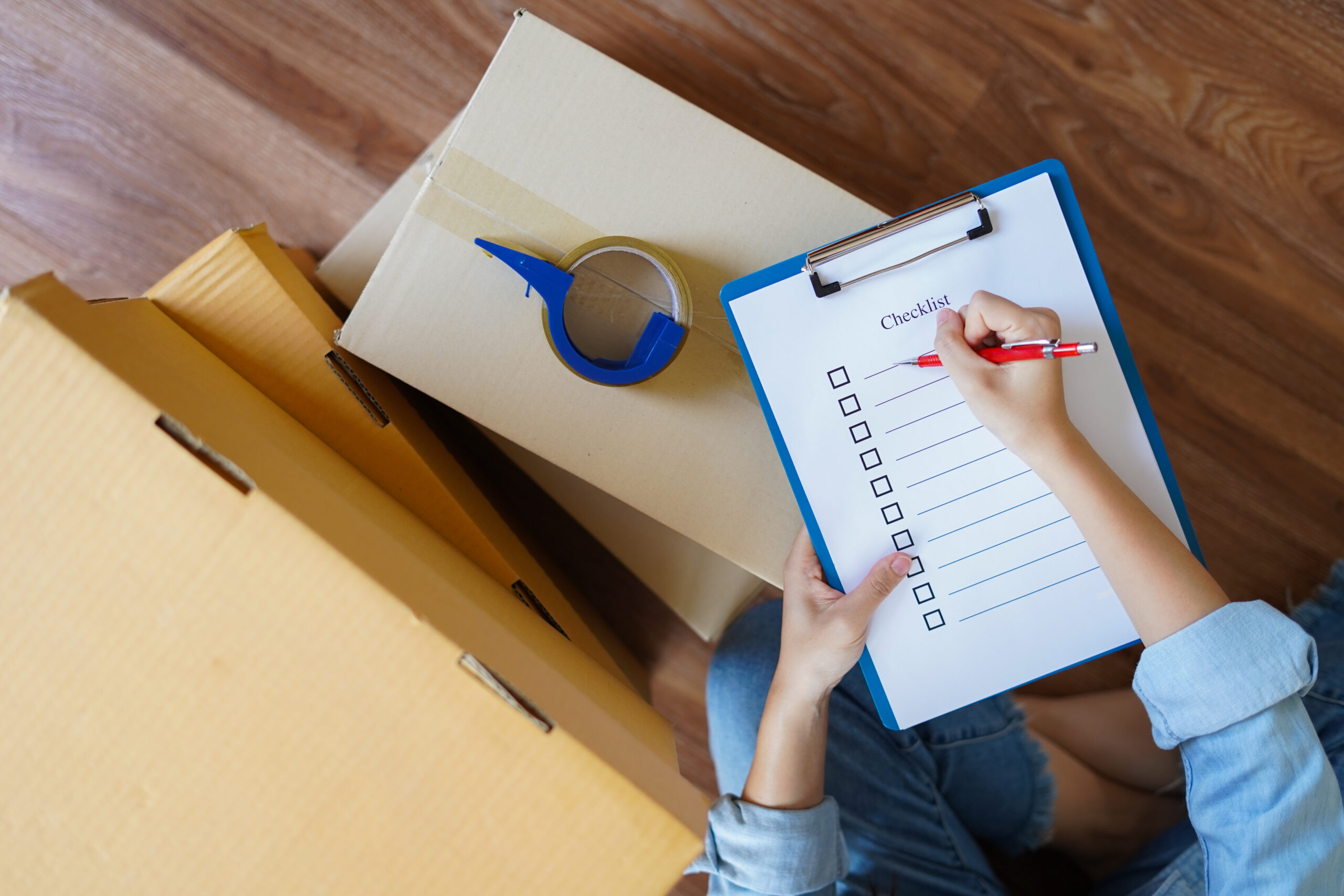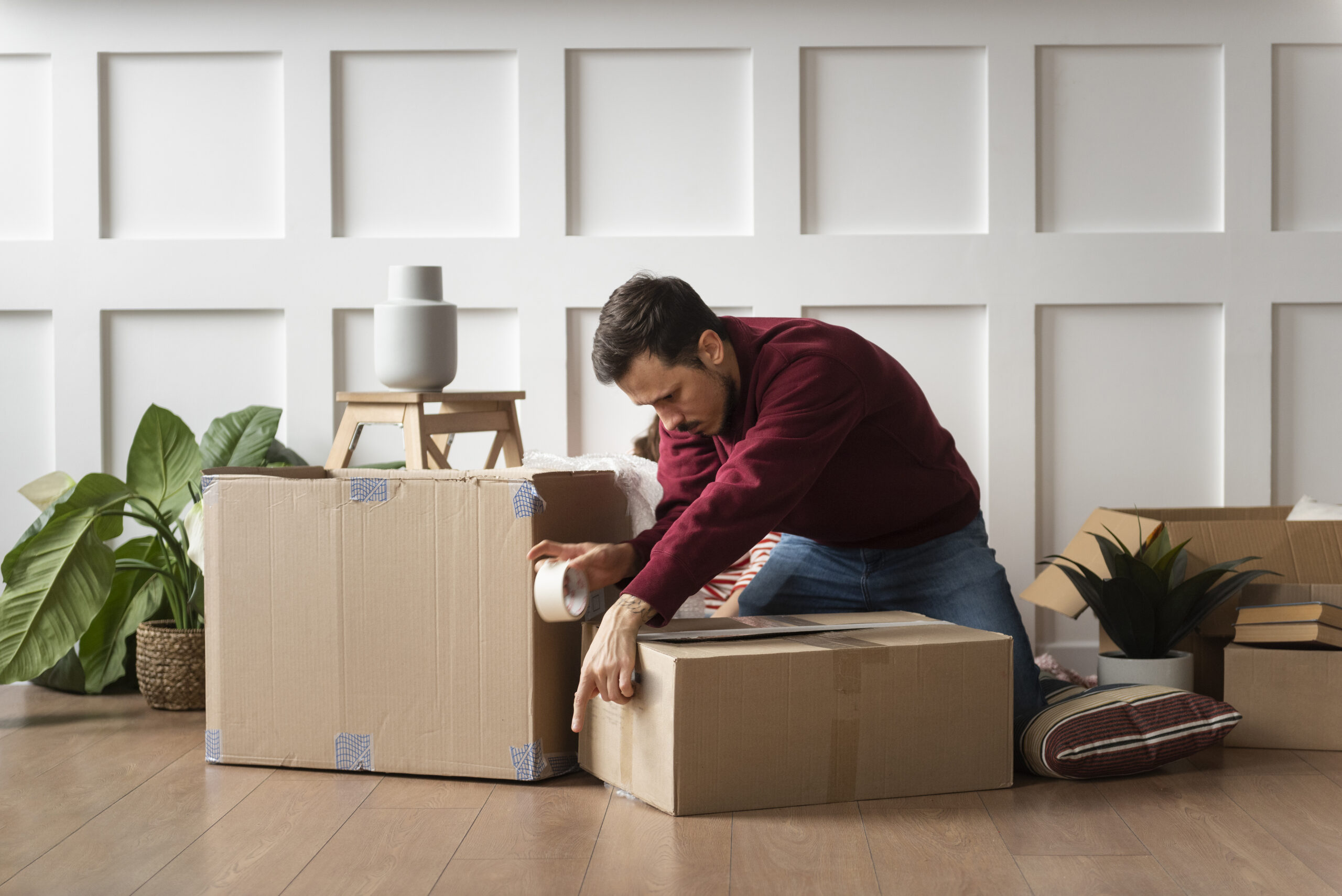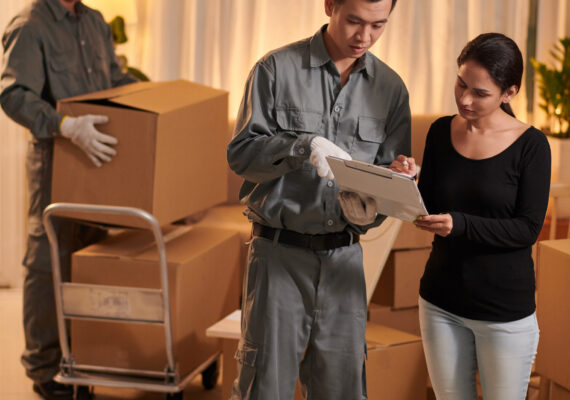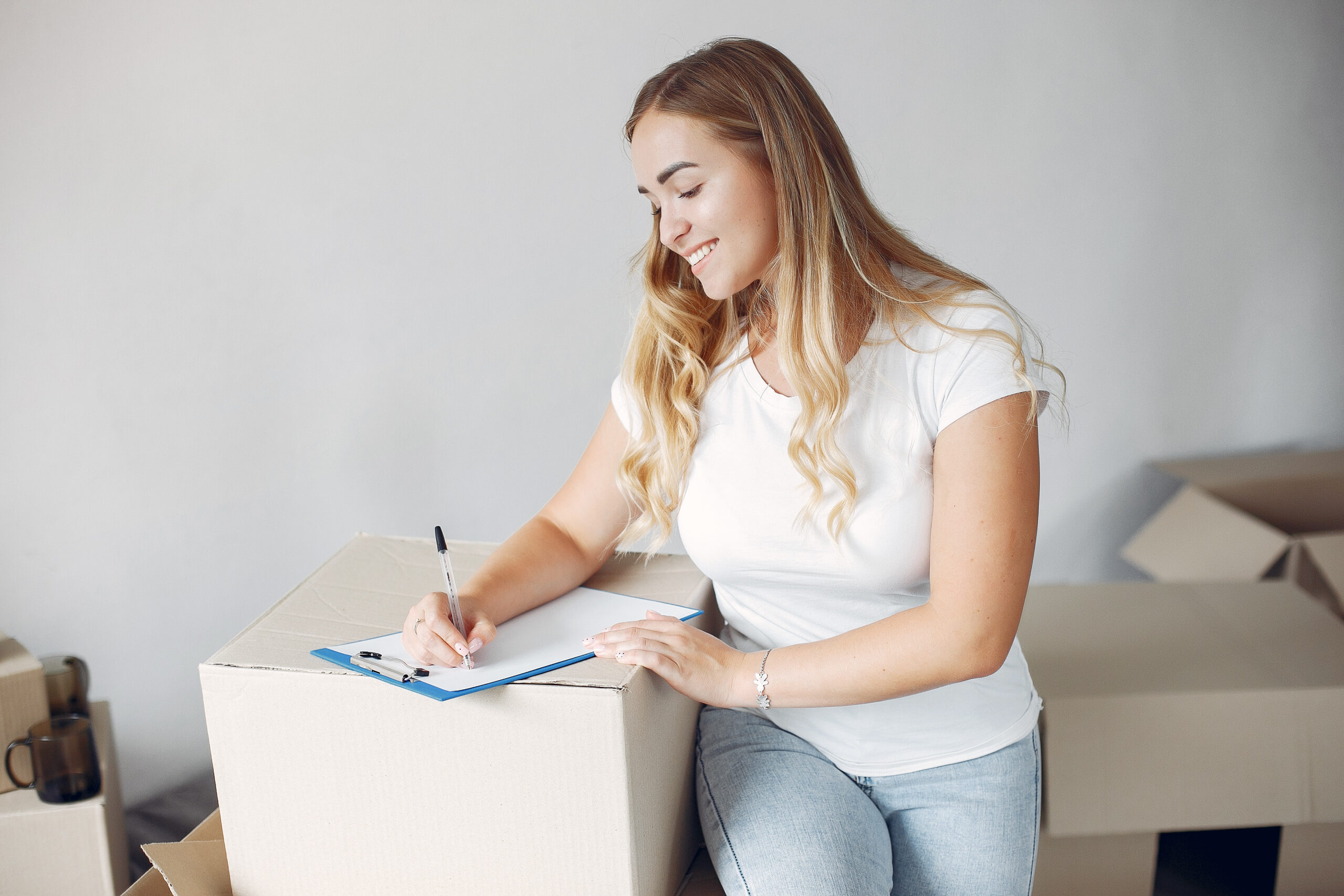Packing Tips for Your Whole Home
Packing for your upcoming move will take longer than the move itself. This can be the most time consuming part of your relocation. Here are some of our best packing tips to help you with the packing process that will also help to ensure that all your items arrive intact.
Soft Goods
Pack your soft goods like pillows and bedding in boxes together, separated by layers of clean paper. You can also use your soft goods as filler in other boxes to take up space and provide cushioning.
Recommended box: 6.0 cubic foot box
Shoes
Packing shoes in the original shoe box when available is best. You can then take the packed shoe boxes and place them in larger boxes. If original packaging is not available, wrap shoes individually to prevent damage.
Clothes
The easiest way to pack your hanging clothes is to leave clothes on their hangers and hang in special wardrobe boxes. There will be less ironing needed after your move and unpacking will be a breeze.
Recommended box: Wardrobe carton
Quick Tip:
Get the kids moving with you and have them participate in the move process. Provide children with their own boxes to pack toys and belongings.
Computers & Electronics
The absolute best way to move any electronics is to use the original box and shipping blocks. If the original box and packing material is no longer available, select a sturdy box of suitable size that will allow for a minimum of 2 inches of packaging on all sides. Use adequate paper or other filler to secure the computer. For additional protection you can use foam sheeting, comforters, blankets, and pillows to fill any extra space in the box to prevent shifting during your move.
To prevent damage to delicate knobs, buttons, and internal mechanisms wrap the items with paper and place in box. Continue to firmly pack the padding around and on top of electronic device you are packing. Tie up and wrap the power cord separately (in the same box) to prevent rubbing against the exterior of the items (s) during transit.
Discuss the safe transportation of your electronics with your Moving Specialist. Be aware of special considerations for the internal workings of the electronics and of potential extreme heat exposure hazards while in transport in warmer months. It is always best to consult your owner’s manual, the manufacturer or an authorized dealer for handling requirements that are specific to your electronics.
There are special packing kits can be purchased for your move that can aid you in safely transporting your large monitors and flat screen TVs.
After firmly sealing the boxes with the correct tape, make sure you label the boxes as “FRAGILE—TOP LOAD.”
Recommended box: 3.0 or 4.5 cubic foot box
Quick Tip:
Let Liberty Moving handle some of your items.
Marble, antiques, artwork and specialty electronics may need extra attention. Consult your representative about letting us handle these special items.
What are the different types of moving boxes I will need?
Get the right box for the job. It helps to have an understanding of what kind of box to pack up your household goods and prepare for your move.
Depending on what you need to pack, knowing what size and type of moving box you choose can make all the difference in how well protected your items will be.
Small Moving Boxes
Small boxes are the best choice for heavier items such as books, collectibles and fragile items that must be packed on their own. Remember to stock up on small boxes as they are easiest to handle and are excellent for items like kitchenware and pantry goods, home office supplies and more.
Medium Moving Boxes
Medium moving boxes are the most used moving boxes. You can pack most of your household items in these moving boxes. Small appliances, photos, non-fragile collectibles, and other household items all will fit well in medium moving boxes. Dish pack and glass pack inserts for glassware are most compatible with medium packing boxes.
Dish Pack Kit
Dish pack kits are compartmentalized to accommodate dinner plates, salad plates, saucers, and bowls. Many dishware packing kits will include foam padding to enclose and isolate each piece.
Glass Pack Kit
Glass packing kits are also compartmentalized to accommodate glassware and stemware. Many glass packing kits will include foam padding to safely enclose and isolate each item preventing them from connecting with each other during the move causing potential breakage.
Large Moving Boxes
Large boxes are ideal for your lighter and medium-weight household items such as lampshades, throw pillows and clothing, quilts, curtains, etc.
X-Large Moving Boxes
X-Large boxes are ideal for bulky yet lightweight soft goods like comforters, blankets, clothing and pillows.
Another type of X-large box is a Wardrobe Boxes – A wardrobe box is constructed with sturdy corrugated cardboard with a hanger bar so that you can transfer shirts, blouses and suits directly from the closet into the box without folding your clothes. It is wise not to over-pack these boxes as excess weight will not be easily moved and can damage the box itself. These boxes come in several heights to accommodate longer items such as dresses and pants.
Electronics Boxes
Electronics boxes are available “specially sized” for many of your home entertainment devices including streaming media players, surround sound stereos and most popular gaming systems.
Heavy-Duty Boxes
Heavy-duty boxes are reinforced with thicker walls for heavier applications. The strongest corrugated cardboard is triple wall corrugated cardboard, it is constructed with 4 sheets of carton board and 3 sheets of corrugated board. This heavy-duty cardboard is used to package large items such as refrigerators and furnishings and may be ideal for packing electronics, book collections and dishes.
What kind of tape will I need?
All tape is not created equal. Be sure you are working with the correct type and quality of tape needed to withstand you relocation. You should choose a quality tape that is durable and has good adhesive power. To speed up the packing process remember to get a tape dispenser (tape-gun) that matches the tape you purchase. Having the proper dispenser will ensure that the seams lay straight and this will also help you keep your fingers clear of the sticky side of things when cutting.
Types of tape for packing:
Packing Tape
Clear or opaque packing tape is the most common type of tape used for sealing boxes for moving purposes.
Shipping Tape
Shipping tape is similar to Packing Tape and may be purchased and used in place of packing tape.
Masking Tape
Masking tape is not best used for sealing boxes. The best use of masking tape is for labeling boxes.
Strapping and Duct Tape
Duct tape is not the best choice for sealing small and medium boxes, but it’s ideal for reinforcing and closing heavier boxes.
Painter’s Tape
If you’re not sure if your furniture will fit into a room, use this tape to stage it and lay out the dimensions. It can also be used for labeling electronics and smaller items. As this tape is easily peeled back and removed it is not a good option for sealing your boxes.
What stuffing or filler is best used to protect my items during the move process?
Unprinted News Wrapping Paper
If you are looking to have an “ink free” move, do not choose newspaper. Unprinted news wrap or un-dyed paper stock is easily purchased from your moving company or supplier and is an idea, yet inexpensive, way to wrap fragile items during a move.
Bubble Wrap
A popular choice for protecting valuables is bubble wrap. A large roll of bubble wrap will stretch a long way when packing up your household items. There are various types of bubble-wrap and most can be used to enclose fragile items and to insulate voids along the sides of boxes.
Stretch Plastic Wrap
Many movers will choose to use an industrial-strength version of your standard kitchen plastic wrap, this wrap is used to bind items together (e.g., electrical cords, dresser drawers, couch cushions, etc.). This handy plastic wrap helps by providing a barrier to furniture from scratches, dust and some types of damage as well.
Furniture Pads
Your moving truck will probably come equipped with a number of furniture pads. These are frequently used to cover large appliances and furniture, and you don’t have to worry about getting these durable, thick blankets dirty.
Plastic Tarps or Cardboard Sheets
If you are moving in poor weather conditions consider picking up a few tarps and cardboard sheets. These items can be used to protect flooring in highly trafficked areas and can even prevent a nasty slip or fall.
What other items should I have on hand for my upcoming move?
Permanent Markers
Permanent markers are work better than ballpoint pens and are necessary to label your boxes and keep track of your belongings once they are loaded in boxes. If you properly label your boxes on the sides of the boxes according to room; you’ll be glad you took the time to do so when you start unpacking. Using different colors of permanent markers can also help you color code the boxes for placement at your new location.
Scissors
A pair or two of scissors will be very useful during the packing process, especially for cutting tape, labels and even packaging.
Box Cutter
You will have a new appreciation for a sharp box cutter by the time your move is completed, trust us on this one! Tape, adhesive, and cardboard can dull just about knife much faster than you think. Remember to pick up some extra blades also.
Plastic or Sealable Re-useable Baggies
These sealable bags are great for keeping small pieces and parts together with the unassembled larger items. Keep them handy as you disassemble electronics and furniture; place all hardware, screws, bolts, and washers in sandwich-sized plastic or re-useable baggies. Make sure they are labeled and keep all these bags in one place. Use larger gallon-sized bags for larger things like cords and cables. Be sure to label the bags with item they go with and if possible tape or attach bag to the item.
Tape Gun
Having a few tape guns handy will save you time and frustration (especially if you are packing in multiple locations in your home). Using these tape dispensers can aid in sealing your moving boxes easily and at a faster pace.
Supply Up in Advance
To experience a smooth relocation will require a bit of forethought and preparation. Stocking up on your moving supplies in advance will help you to enjoy a safe, well-organized move. To not be rushed start gathering items, if possible, about 6 weeks in advance of your move.
Trash & Debris Removal
Liberty Moving can assist with the final clean-up process at your new home with our trash and debris removal service. Please let us know at the time we provide your quote, and we’ll return within 30 days after relocation to pick up your empty cartons and packing-related material waste.
Liberty Moving offers a variety of a la carte and packaged moving services. We aim to provide you with affordable service options to enhance your move experience. These packages provide increased value protection and options for additional cleaning and technical services. No matter the size or destination, Liberty moving services can meet your moving needs. Contact us today for a quote on your next move 800-524-0567 https://thelibertygroupcompany.com/



